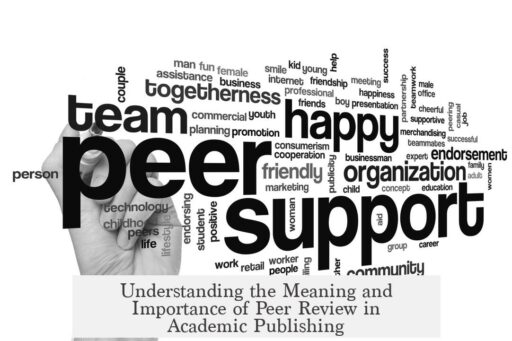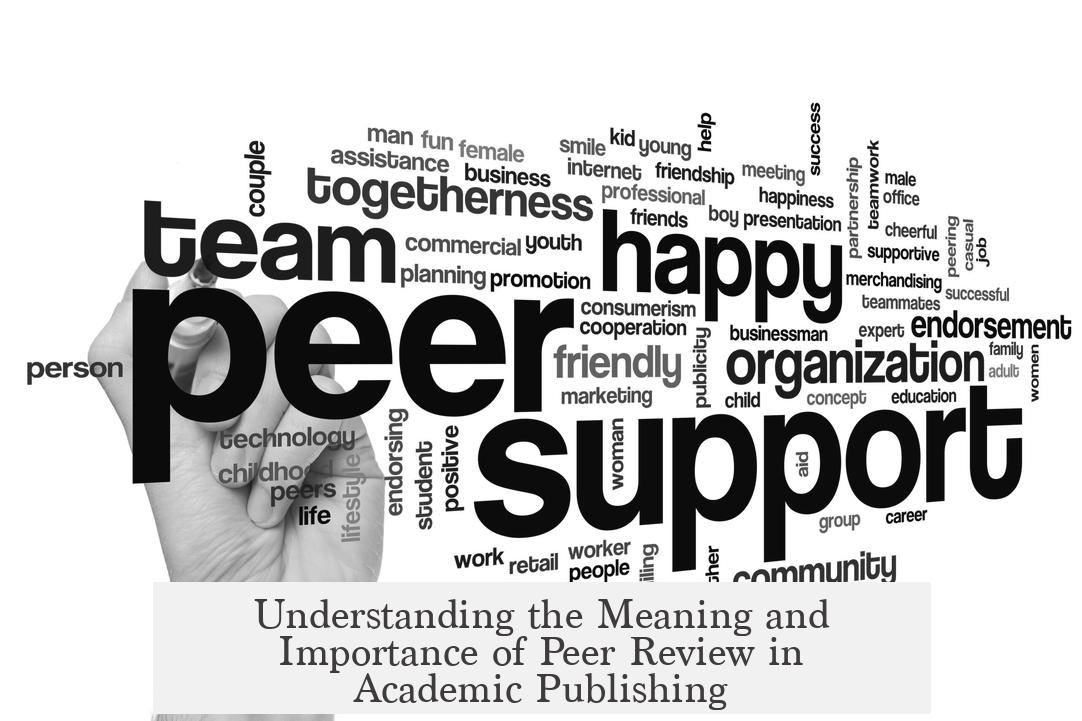“Peer reviewed” means that a scholarly work has undergone evaluation by experts in the same field before it gets published. This process ensures the work meets standards of notability, originality and scholarly substance.
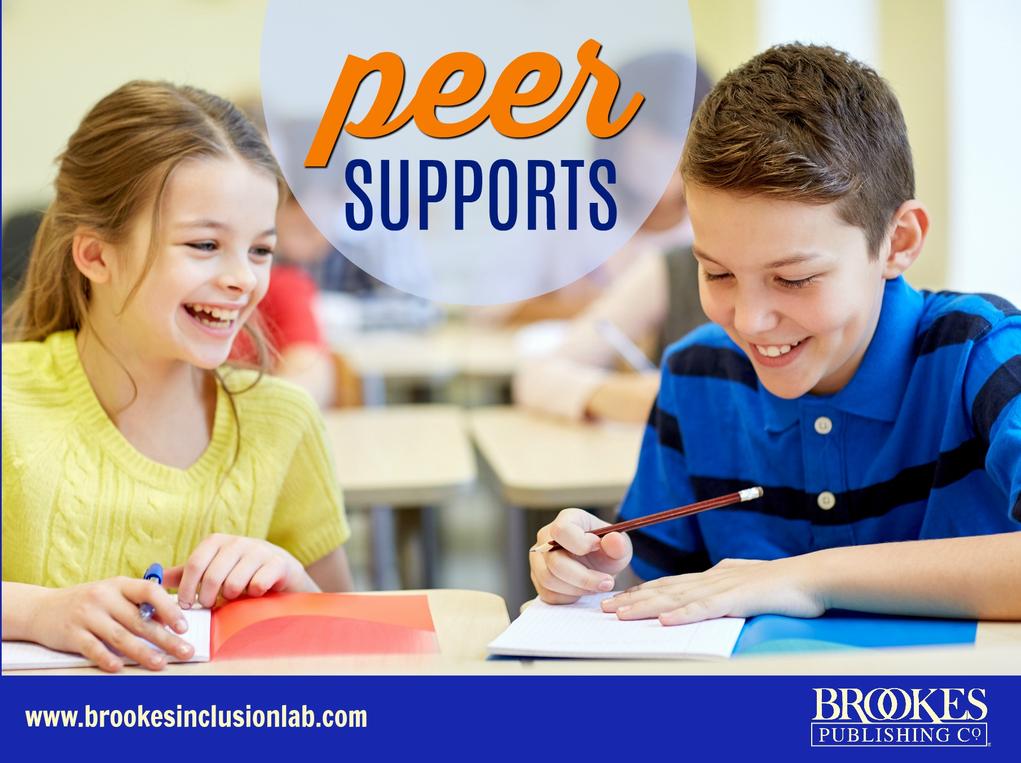
Peer review acts as a quality control mechanism for academic publications. It involves submitting research to a journal or academic press where the editor sends the work, without revealing the author’s identity, to two or more anonymous experts. These peers assess whether the content is valid, significant and original within the context of the discipline.
The reviewers provide detailed feedback. Their reports recommend whether the work should be accepted, revised or rejected. They evaluate the importance of the submission to the field and scrutinize its methods and theoretical framework. Authors often revise their work to address these critiques. Sometimes multiple review rounds occur before final acceptance.
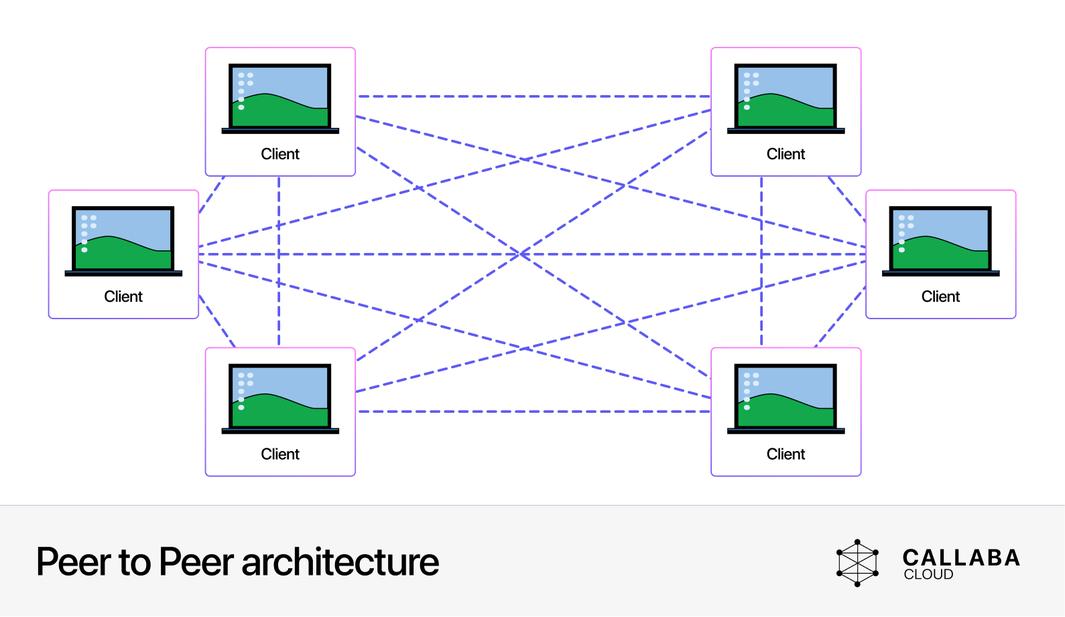
Editors use peer review reports to make publication decisions. Editors may impose conditions on acceptance, requiring authors to improve or clarify aspects of the research. The goal is to uphold high academic standards and ensure each article contributes something new.
Peer review differs from fact checking. Reviewers do not verify every fact or data point. Instead, they check that the research contributes original insight and follows a sound scientific or scholarly approach. They judge if the thesis is interesting and well-supported, and assess coherence of the research questions, methods and conclusions.

Despite its intentions, peer review is not flawless. Some deficient or flawed studies sometimes slip through. Editors have significant discretion, and there is no external body policing peer review outcomes strictly. Conflicts of interest or biases may impact fairness. A small number of controversial papers have been published despite negative peer reviews.
The process is usually double-blinded: authors do not know reviewers’ identities and reviewers do not know authors’. This helps reduce bias. However, some journals adopt open peer review, revealing reviewers’ names and reports alongside articles. This transparency aims to foster accountability but may influence reviewers’ candor.
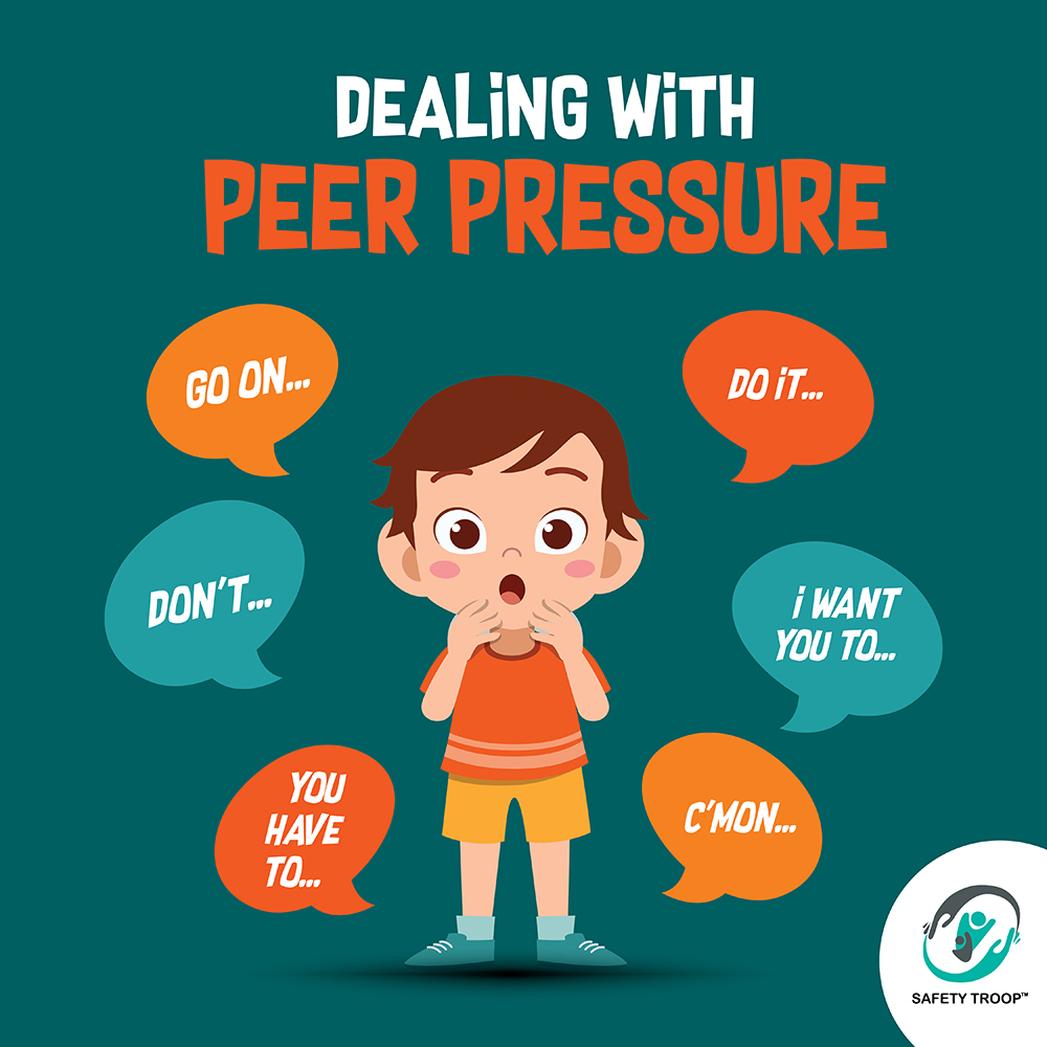
There are debates about whether anonymity improves fairness or leads to overly harsh criticism. Some argue anonymity protects junior researchers from retaliation, while others say it can encourage nitpicking. Even with anonymity, reviewers can often be guessed from writing style or research focus.
Peer review is relatively modern in academia. Earlier, editors themselves decided what to publish. Peer review became standard only recently and transformed academic publishing into a more collective vetting process.
The model faces sustainability challenges. It relies heavily on unpaid labor from peer reviewers. Increasing publication volume strains the system. Many qualified experts are overburdened and decline to review. This causes delays and pressures journal infrastructures.
Still, peer review remains the gold standard for distinguishing rigorous academic research from other types of writing. Scholars, funding bodies and institutions rely on peer-reviewed status to validate quality and credibility.
| Aspect | Description |
|---|---|
| Purpose | Ensure scholarly work meets standards for originality and significance |
| Process | Double-blinded expert evaluation, feedback, editorial decision |
| Role of Reviewers | Assess contribution, methods, coherence and offer improvement suggestions |
| Limitations | Not full fact-checking, potential bias, flawed studies sometimes accepted |
| Anonymity | Usually blinded; some open peer review models exist |
| Sustainability | Relies on unpaid reviewers; delays due to volume |
- Peer review is expert evaluation that helps maintain research quality.
- It involves anonymous reviewers advising editors on publication.
- Reviewers judge originality, importance and coherence, not just facts.
- Editors decide accept/reject based on peer feedback.
- The process is not perfect and has potential biases and delays.
- Peer review distinguishes academic work from other writings.
What Does “Peer Reviewed” Mean? Unpacking the Academic Gold Standard
If you’ve ever googled a scientific paper or read an academic article, you’ve probably come across the term “peer reviewed”. But what does that actually mean? In simple terms, peer review is a rigorous quality check that scholarly work undergoes before it gets published, ensuring it meets standards for originality, substance, and relevance. Think of it as a gatekeeper making sure only solid, meaningful work sees the light of day.
Let’s dive deeper into this fascinating process that often stays behind the academic curtain but shapes much of what we trust in research.
The Peer Review Process: A Closer Look
Peer review starts once an author sends their manuscript to a scholarly publisher—usually a journal or an academic press. The manuscript doesn’t just get a quick glance-over. Instead, it enters a double-blind review system. This means the reviewers don’t know who wrote the paper, and the author remains oblivious to who the reviewers are. It’s a bit like a secret handshake in academia designed to keep bias at bay.
Then, two or more experts in the same field receive the manuscript. Their job? To evaluate it thoroughly and provide a report. They assess if the work:
- Creates something original — that is, does it add new knowledge?
- Is significant for the field — does it matter?
- Is methodologically sound — do the research methods and theory make sense together?
- Qualifies for publication or needs improvements.
Reviewers aren’t fact-checking every sentence. They’re more like discerning readers asking, “Is this contribution meaningful and robust?” They might suggest revisions or demand clarifications. Based on their feedback, the journal’s editor decides whether to accept, reject, or request revisions. Sometimes, the manuscript goes through several rounds of review to polish it.
Quality Assurance or Gatekeeping? Understanding Peer Review’s Role
Why bother with this multi-layered process? Editors, even experts, cannot always judge a manuscript’s value by themselves. Peer reviewers step in as specialists, helping editors distinguish between groundbreaking work and weak research.
But here’s a twist: peer review isn’t infallible. Mistakes slip through. Flawed studies sometimes get published. Not because reviewers are slacking off, but because the system has its cracks—editors might overrule negative reviews, or reviewers might miss critical issues. So, peer review is more like a sieve than a fortress—the best tool we’ve got, but not perfect. That’s why you should always approach “peer-reviewed” research critically.
Why the Mystery? Anonymity and Its Impact
Peer reviews tend to be anonymous. Historically, this protected reviewers from backlash and encouraged honest, unbiased feedback.
However, the model is evolving. Some scientific fields now experiment with open peer review, where reviewers’ names and reports accompany published articles. This openness aims to promote transparency and accountability.
Yet, each style carries pros and cons:
- Anonymous review can free reviewers to critique boldly, but might encourage harshness or nitpicking without accountability.
- Open review encourages fairness and clarity but might intimidate junior reviewers from being honest about senior colleagues’ work.
The debate over which method is better reflects a deeper question: how do you make peer review fair and constructive while maintaining rigorous scrutiny?
A Recently Old Tradition and Its Challenges
Surprisingly, peer review is a relatively new tradition in publishing. Even a generation ago, many journals skipped it, with editors directly deciding on publication.
Nowadays, the peer review system has become the hallmark of academic credibility, the “gold standard” that separates serious research from opinion or hype. But this gold standard is under strain.
The explosion in research output means reviewers—usually unpaid volunteers—face increasing demands. This workload leads to delays and reviewer fatigue.
Commercial publishers often profit from this unpaid labor, fueling debates about sustainability and fairness in academic publishing. Could a new approach be on the horizon? Time will tell.
Why Should You Care About Peer Review?
Whether you’re a student, professional, or curious reader, understanding peer review helps in evaluating information. If an article is peer reviewed, it’s more likely to be trustworthy—though not guaranteed perfect.
When reading “peer-reviewed” work, ask yourself:
- Does the article present new, important ideas?
- Are the methods clear and appropriate?
- Is the source reputable and transparent about its process?
Always remember, peer review is just a tool—albeit a crucial one—to navigate the flood of information out there.
Final Thoughts: The Ongoing Journey of Peer Review
“Peer reviewed” means more than a checkbox. It signals a community of experts have collectively examined the work, offering a quality assurance step beyond the author’s own claims.
Still, it’s a complex, sometimes imperfect process grappling with fairness, sustainability, and transparency issues.
Next time you see that label, now you’ll understand the journey the research took. And if you feel inspired to dive into this academic dance, maybe you’ll consider becoming a reviewer yourself—joining the ranks of the unsung heroes who keep knowledge honest.
After all, who wouldn’t want to play referee in the world’s most intense intellectual debates? Peer review keeps the academic conversation honest and makes sure fresh knowledge is built on solid ground. Without it, the castle of knowledge would be a lot shakier.
